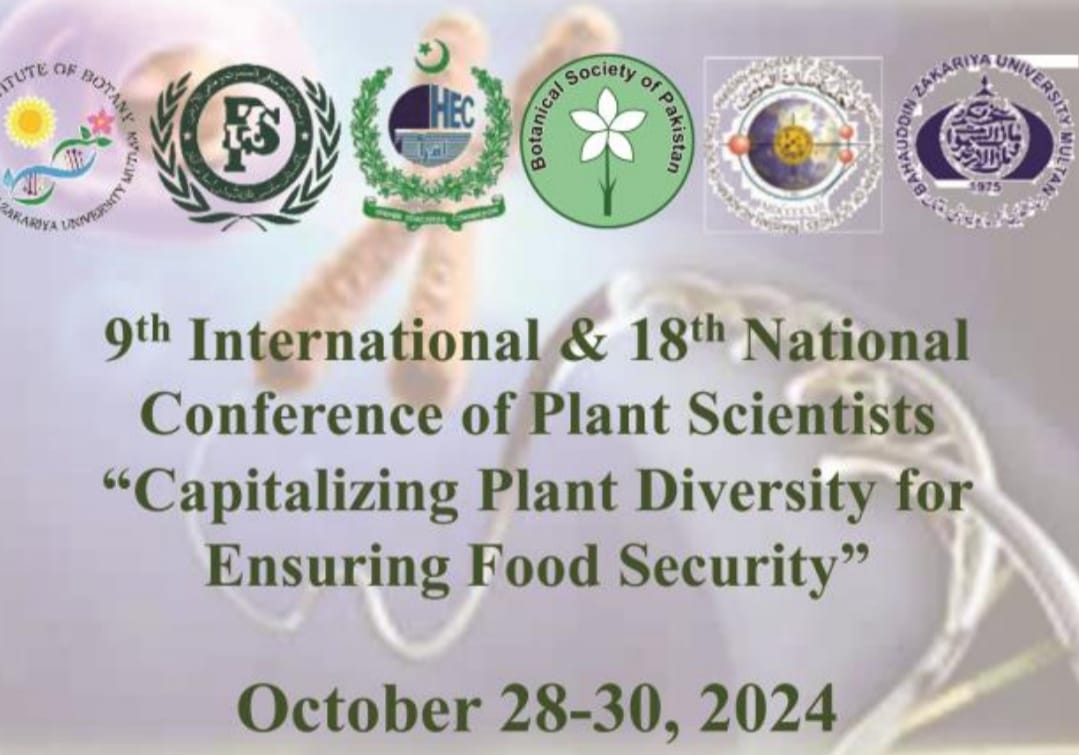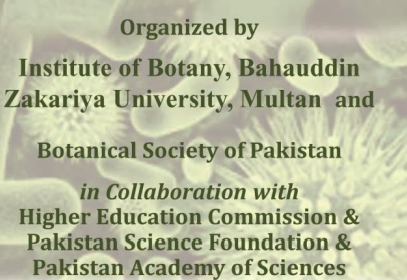
PJB-2024-152
Marine cyanobacteria: assessment of toxicity and antimicrobial potential of crude samples and isolated strains from coastal waters of Karachi, Pakistan
Samina Dawood, Shahnaz Nasim Mansoor, Seema Shafique, Zaib-Un-Nisa Burhan, Munawwer Rasheed, Junaid Mehmood Alam and Pirzada Jamal Ahmed Siddiqui
Abstract
Microalgal communities, such as, cyanobacteria, diatoms and dianoflagellates, etc., generally bloom under eutrophic conditions in both fresh and marine water bodies. Blooms of harmful algae have been reported from various parts of the world that inflicts losses to the economy and impact environmental/human health. Here we present on antimicrobial activity and lethal/toxic effects in a rat model of some cyanobacteria collected from the coastal waters (Manora Channel, Karachi, Pakistan). Antibacterial activity was targeted against nine species of gram +ve and gram -ve bacteria, namely, Bacillus subtilus, Staphlococcus aureus, Staphlococcus albus, Streptococcus pyogens and Streptococcus fecalis, Pseudomonas aeruginosa, Klebsiella sp., Eschierichia coli, Salmonala typhi. The cyanobacterial extracts showed promising antibacterial activity against Gram +ve bacteria. The ethanol and chloroform extracts showed high antibacterial activity compared to water extracts. Bacillus subtiluswas the most susceptible to cyanobacterial extract. Acute lethal toxicity was caused by one marine cyanobacterial species, Leptolyngbya angustissima and a mixed crude sample for which LD50 values were recorded. All extracts generally showed typical signs of hepatotoxicity, though some of the symptoms resembled neurotoxicity. The data suggested the presence of toxic microalgae for which essentially requires regular monitoring in the coastal and near-shore waters
To Cite this article: Dawood, S., S.N. Mansoor, S. Shafique, Z.U.N. Burhan, M. Rasheed, J.M. Alam and P.J.A. Siddiqui. 2025. Marine cyanobacteria: assessment of toxicity and antimicrobial potential of crude samples and isolated strains from coastal waters of Karachi, Pakistan. Pak. J. Bot., 57(5): DOI: http://dx.doi.org/10.30848/PJB2025-5(42)
Download PDF


